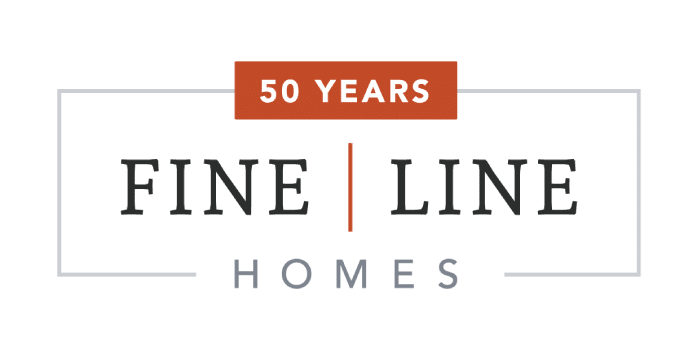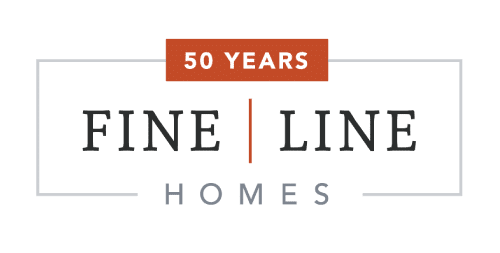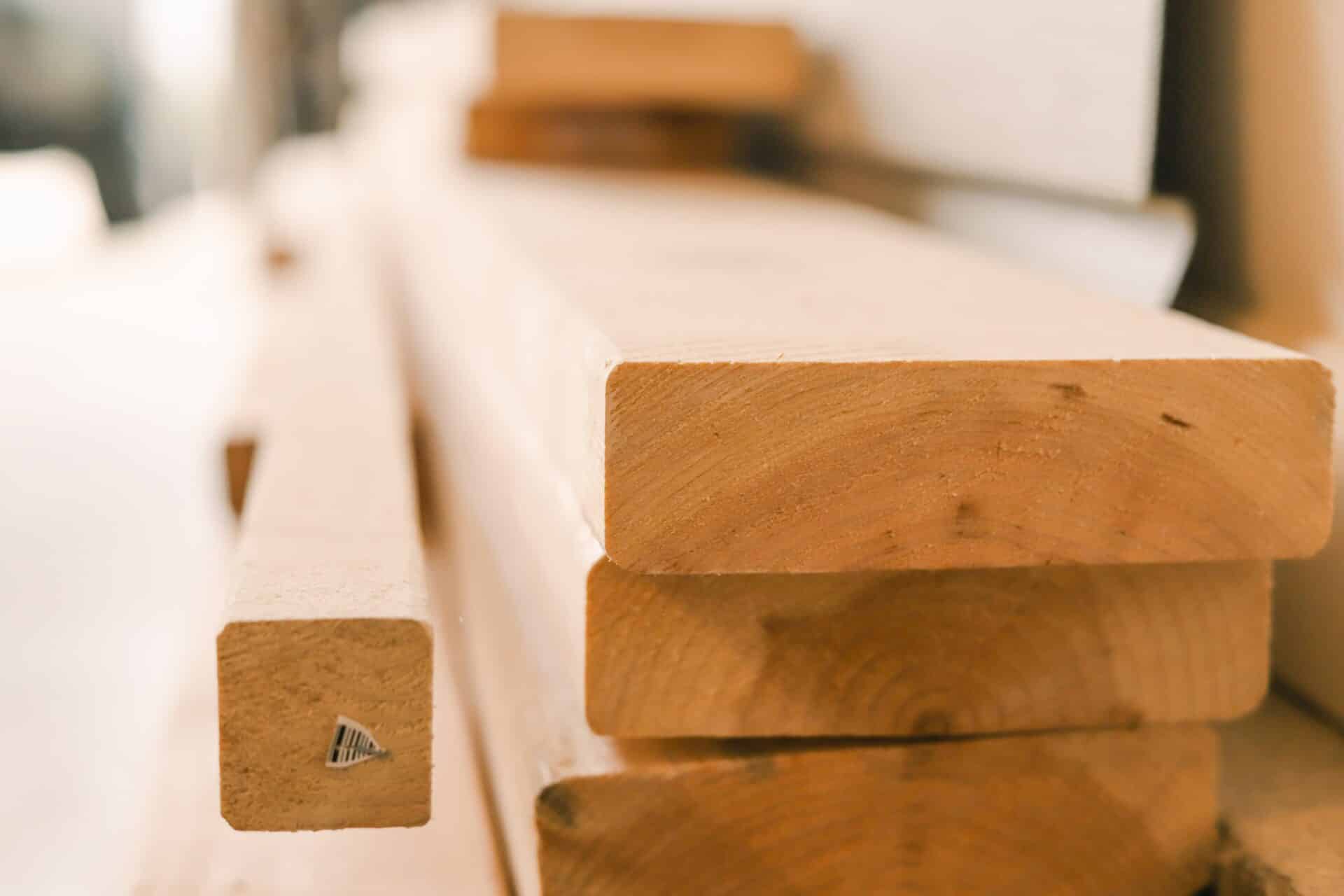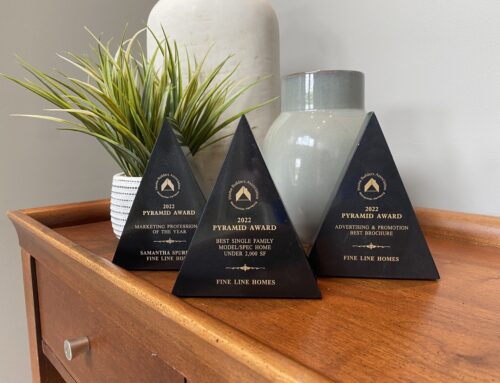Last Updated 06.14.21
Recent market conditions have caused many buyers to become understandably nervous about whether now is the right time to invest in a new home. While we fully realize that our opinion is somewhat biased, we hope you will find the following information helpful in equipping your decision.
This is part of our overall mission in being upfront and transparent with our customers and buyers.
To view the answers to the questions listed below, please click the orange plus sign next to the question.
A perfect storm of events and escalating market reactions occurred that can be traced back to when COVID-19 first started making its impact on our country. Among the many layers that are impacting the rising cost of materials:
- As remote working became a more common solution to office COVID safety, buyer demand skyrocketed. Before COVID, the average square footage had been trending downward, but this all changed when buyers saw the need to create more office space at home and work around family situations, resulting in a new increasing square footage
- Manufacturers (materials such as siding, roofing, lumber etc.) replenish their inventories during the winter months when demand is low. COVID threw a wrench in those plans as plants were unable to open to full capacity and laborers were hard to find. Raw material supplies started to dwindle, much for the same reasons.
- Low inventory and disruptions in the supply chain have led to major shortages. Many manufacturers are still not operating at full capacity and demand far exceeds the supply.
- An unprecedented arctic freeze that hit the mid-south in February 2021 put Texas, Oklahoma and Louisiana into chaos as the cold temperatures combined with power interruptions caused manufacturers to shut down and lose even more ground to get back to capacity. Producers of polymers, fiberglass, asphalt, etc. were all drastically impacted and have yet to regain footing from the setback. This has impacted insulation, tubs/showers. shingles, siding, OSB, PVC products, shutters, pipe, windows (anything with vinyl ingredients).
- As demand for new housing starts continued to stay strong (contrary to many sawmill predictions), wood production soared to a 13-year high, an increase of 288%.
Sources:
HousingWire – “Skyrocketing lumber prices add $36K to new homes”
Builder Online – “Inside the building industry’s supply chain setback”
No matter how many experts have tried to predict what will happen next – no one truly knows what is around the next corner. That said, we can look at history as a bit of a snapshot for what may occur moving forward. Prices industry-wide have been on a steady climb going back to the start of the pandemic with steep spikes during that time frame.
Builders and manufacturers are all forecasting continued increased costs further down the road. Analysts see home prices continuing to rise through 2022 at this point, just at a slower rate than in the first half of 2021. National mortgage corporation, Freddie Mac states in their quarterly forecast: “House price growth will also moderate in our forecast, averaging 6.6% nationally in 2021, slowing to 4.4% in 2022.”
So why are prices continuing to climb as we seemingly start to return to normal? The answer is in the available inventory for new homes to buyers: “Housing supply across the U.S. remains well below normal levels,” says website homebuyinginstitute.com, “Inventory conditions were tight going into the pandemic, and they only got tighter due to an unexpected rise in home sales.”
Sources:
Freddie Mac – “Quarterly Forecast: As the Economy Recovers, the Housing Market Remains Healthy While Mortage Rates Move Up”
Home Buying Institute – “Will Housing Prices Drop in 2022? The Experts Weigh In”
Our team is regularly monitoring the lumber index, the pricing notices from vendors and the feedback from buyers all in efforts to deliver the most reasonable price we are able to offer and to be fair to our customers. We work hard to hold pricing as long as we can before making any necessary adjustments. As you might imagine, it’s not a pleasant experience for any of us.
Some builders have started to write escalation clauses into their agreements – allowing them to move pricing at-will or even cancel the contract based on the market conditions after the agreement has already been signed. Our promise to you is that we will hold pricing at the rates in your signed agreement for 60 days until we start your build. We will only make adjustments beyond 60 days if there are delays that are outside of our control.
Without question. These are challenges facing ALL builders – across the entire industry. If you haven’t seen an adjustment from any other builder you may be exploring, make sure you ask about it. Chances are that they just haven’t added it into your final pricing yet, or they may be planning to add it under another category of the build (site cost, market fees etc.). This just isn’t our style, we prefer to be open and honest with you and not try to tuck costs into an unnoticed area of your total estimate.
As mentioned in the “Fine Line’s approach” section above, be wary with any escalation clauses that a builder may insert into your agreement that could cause far greater costs long after you have signed the agreement.
All current market conditions point to the indication that prices will continue to rise until at least 2022. We don’t know for sure what the pricing situation will be in the next few months or even years, but what we DO know is that interest rates continue to be at all-time lows which can increase buying power at this time and help to make up for the increase in cost.
Natalie Campisi from Forbes put it this way, “The hazard of waiting on the sidelines for prices to drop is that you wait too long and end up paying higher interest rates and higher building costs. Nobody can accurately predict what might happen a year or two from now. There could be a surge of new homes entering the market as the forbearance program comes to an end and buyers are forced to sell, or the surge may never come in the near future.” She adds, “Instead, prudent buyers should consider their budget and whether they plan on staying in the home long enough to build up equity to turn a profit at resale.”
No one at team Fine Line will rush your decision. We want to work with you when you feel ready and at your pace. But if you’re feeling inclined to wait because of the market pricing alone, as mentioned above, it may hurt your situation not help it.
Sources:
Forbes – “Construction Costs Are Skyrocketing – Should You Build A House?”
Lumber is one component of the many, many materials that go into the build of a home. As of the posting of this article, we finally had a week of worthwhile decline in dimensional lumber but OSB and plywood were still on the rise.
There is a lagging impact factor to the other materials in the house that are still increasing in cost after the chain reactions that started with the lumber market. Because of the shortages many manufacturers are experiencing, this is why analysts expect the increases to be sustained for a long time.
As indicated by many of the forecasts and data above, we just do not see new home prices dropping. Some of the individual components may be dropping such as lumber, but this would equate to a period of stability in home pricing vs. decreases to the house price. This is due to the many other building materials experiencing continued increases.
If lumber has a significant drop in price, this could allow builders to provide a cushion for some of the other increases we are seeing, allowing us to hold pricing for a greater amount of time before the next adjustments are needed.
Every situation is different and ultimately it depends. When speaking strictly about the current market conditions and their impact on price (see this post for additional considerations), existing home prices and new construction prices are closer than you might think. This NAHB article shows just how close; in March the median price for New Homes was actually less at $331k than the median price at $335k for Existing Homes. Of course there is more to the data involved in these numbers such as the larger availability of higher priced homes than lower priced homes. But it helps to show how the gap between the two options has been closing.
We also hear regularly from buyers who are experiencing repeated bidding wars on existing properties that not only risk the availability of your home but also drive the investment far over the list price. The current market environment is driving buyers to offer sometimes desperate concessions such as skipping the home inspection or placing substantial cash down payments in order to secure the best position with the sellers. From our perspective, these factors should be weighed into the true ‘cost’ of purchasing an existing home.
Sources:
HousingWire – “Skyrocketing lumber prices add $36K to new homes”
Builder Online – “Inside the building industry’s supply chain setback”
Freddie Mac – “Quarterly Forecast: As the Economy Recovers, the Housing Market Remains Healthy While Mortage Rates Move Up”
Home Buying Institute – “Will Housing Prices Drop in 2022? The Experts Weigh In”
Forbes – “Construction Costs Are Skyrocketing – Should You Build A House?”
NAHB – “New and Existing Single Family Home Prices, U.S.”













